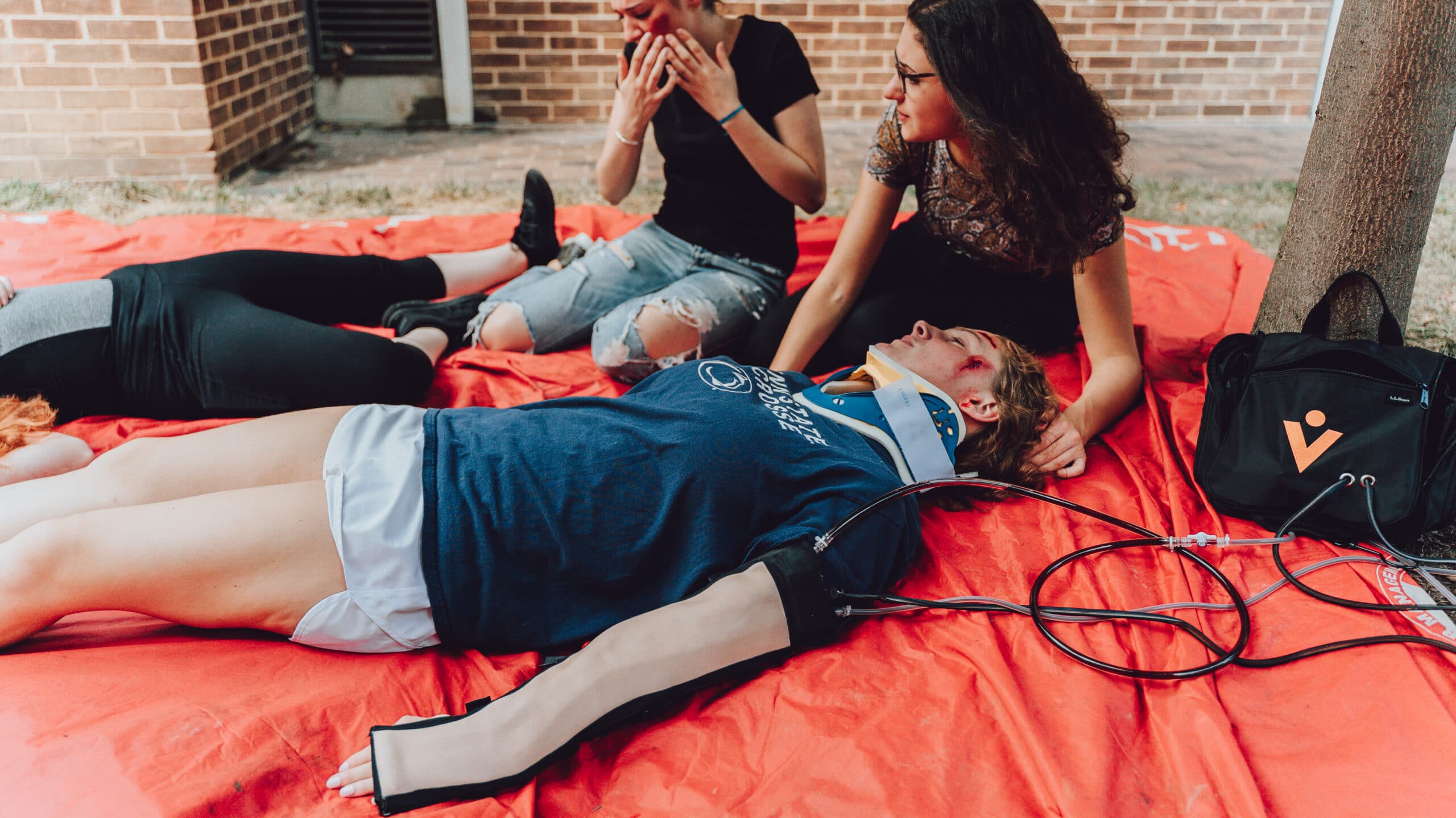Skills must be practiced: Lessons learned from COVID-19

Having a plan is necessary, but it isn’t enough. It must be practiced.
As recently as October of 2019, the Global Health Security Index recognized the United States as the top-ranked nation regarding healthcare security. In the scoring rubric, the US ranked near the top in every category. Its policies and hypothetical procedures instilled a great amount of confidence among healthcare leaders. However, there is one noted weakness where the US scored zero out of 100.
They never practiced their response plan.
Even though its planning and preparedness were considered top-notch, the lack of exercises to test the plan led to panic and confusion among the front-line workers facing the COVID-19 pandemic. The first few months of the response were filled with conflicting information. Theories about the virus filled public discourse and many began acting against advice.
One place where confusion caused harm was Elmhurst Hospital in Queens, New York. The neighborhood surrounding the hospital consisted of tight living quarters and essential employees unable to work from home. While hospital leadership was monitoring the situation in early 2020, they did not believe that the virus would come to their hospital and did not adequately prepare.
Initial CDC guidance failed to encourage widespread use of Personal Protective Equipment (PPE) among healthcare workers and had unclear guidance regarding asymptomatic individuals. With the lack of clarity around the protocol, combined with the makeup of the neighborhood, COVID-19 overran Elmhurst Hospital.
By late February 2020, Elmhurst’s patient rosters were already at 230% capacity; most of which were critically ill with COVID-19. Refrigerated trailer trucks were used to store those who had passed and overwhelmed the morgue. Social workers and other support services were curtailed, removing the human contact needed to help patients and families navigate their illness. Eventually, frontline workers themselves contracted COVID, with some passing, destroying morale.
While not as drastic, this scene played out many times across the U.S. Clear guidance eventually came down from healthcare leaders, but the initial response was far from what was planned.
Thankfully, many hospital systems have been able to learn from the ordeal. Many developed protocols to manage future epidemics, identified supply chains for critical supplies, and created community outreach programs to fight misinformation.
If you would like to learn more about how you can practice your simulations, read our blog about Dry Runs. For information on our consulting services, ready to train you with best practices and custom-built approach, check out our Consulting Services Page.
